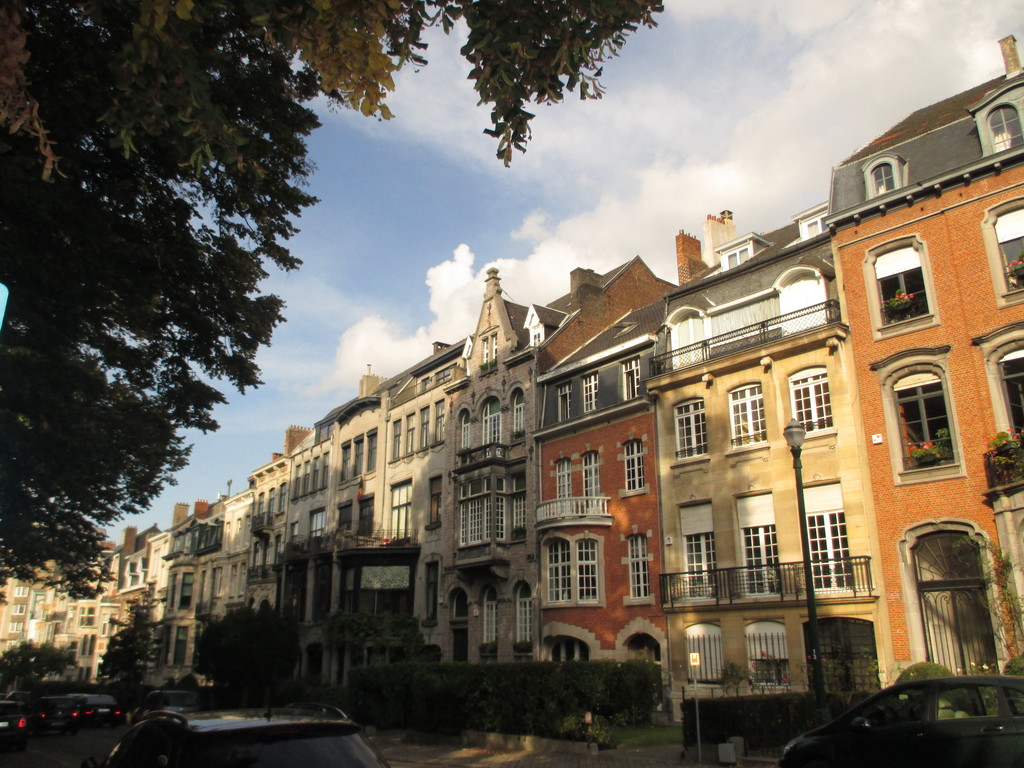
Ixelles is the municipality of Brussels where I made my new home when I landed in Brussels. The main reason was its proximity to my university, just like its vibe, youth and the university itself that I thought would make it easier for me to meet new people of my age, student and Erasmus.
Ixelles-le-Châtelain, Ixelles-le-Vicomte or Ixelles-Bas is a small town located on the right edge of Maelbeek, near an abbey that has been the face of the city since the 13th century. Little by little, more abbeys (as they were referred to in those days) join from the Namur gate to the ponds and the Boondael area. In 1795, under the French government, Ixelles was erected as a commune. At the beginning of the 19th century it covered 938 hectares and had 1, 650 inhabitants.
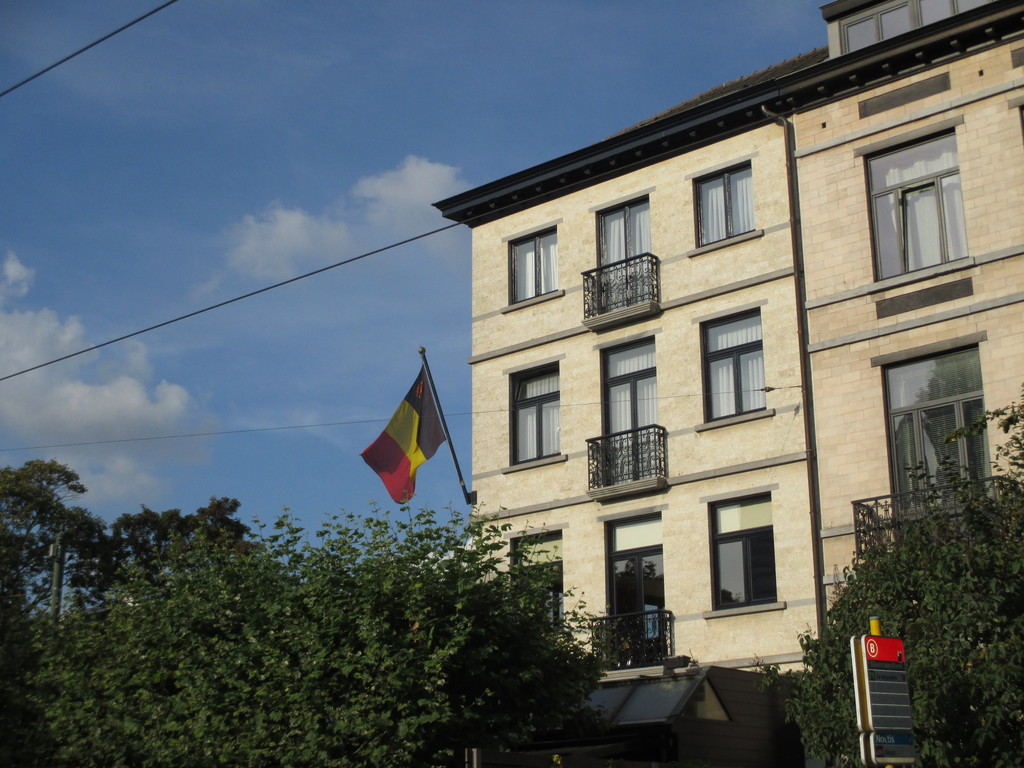
Under the reign of Leopold II of Belgium, the creation of the Louise Avenue of 1864 radically changed the face of the commune through its separation in two. New areas were designed by the Urbanist Victor Besme and in 1900, the number of inhabitants reached 60, 000.
Today its area has been reduced to 634 hectares after several successive appropriations of the land by the city of Brussels between 1864 and 1913. With 77, 000 inhabitants today, it has a large and diverse amount of people, all of whom are from 170 different nationalities as well as a large student community. It is a residential and commercial area characterised by an enormous wealth of heritage and great urban presence, in which all styles exist in harmony: Neo-Classicism with contemporary art, the "Art Nouveau" characteristic of the Belgian capital with modernism, and the style of fine arts is a neighbour of Art Déco.

The heritage of this municipality is particularly rich and varied. The main areas that this includes are:
- Ixelles-Bas: one of the cradles of the commune
- The "Apartments of Dreams" at Rond-Point de l'Étoile
- Louise Avenue and the neighbourhood of Tenbosch
- Le Faubourg de Namur: between two carriageways
- The neighbourhood of Leopold: for a young capital
- Saint-Boniface: the fee of Ernest Blerot
- Le Cimetière d'Ixelles: a quiet haven
- The area of Solbosch: between two University campuses
- The abbey of Boondael
- Berkendael: a middle-class modern neighbourhood with many architectural contrasts, stately and luxury buildings and impressive façades of houses and middle-class property.
- The "neighbourhood of ponds": the fame of "art nouveau". The architectural style of this area has been designed, for the most part, by Ernest Blerot and Ernest Delune, who competed in order to construct a dozen houses between the two ponds of Ixelles.
-
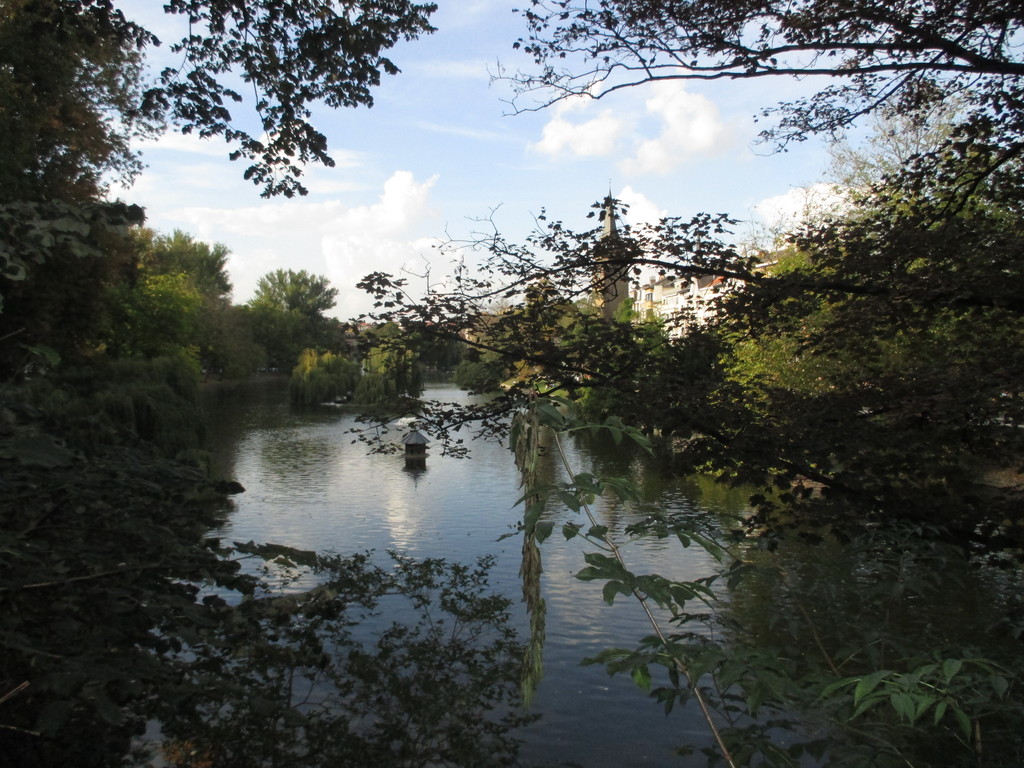
I would like to offer a couple of titbits about each one of these:
IXELLES-BAS:
Located at the intersection between several roads, the "place of the ponds" was both a rural and industrial area until the middle of the 19th century. This is due to the breweries that were located near the ponds of the Maelbeek Valley. Some street names still evoke this old activity: "de la Brasserie" (brewery), "de la Cuve" (vat), "de la Levure" (yeast)... The filling in of a section of pond in 1860 radically changed the appearance of the place, the Sainte-Croix replaced the "great pond" and a new church was built. The construction of the Radio house in the 1930s had a decisive impact on the current appearance of the Sainte-Croix, renamed Eugène Flagey in 1937.

THE "APARTMENTS OF DREAMS": ROND-POINT DE L'ÉTOILE:
During the 30s, the successful construction of houses was so much that the buildings multiplied. The "Rond-Point de l'Étoile" is a wonderful reflection of this madness. The Palace de la Folle Chanson (located at: 2 boulevard Général Jacques) by architect Antoine Courtens in 1928, the Palace du Congo (located at: 2-4 avenue du Congo, 1930) and the Ernestine Residence (3 rond-point de l'Etoile, 1939), all built by Etrimo (a company founded by architect-promoter Jean-Florian Collin), are among the most interesting corner buildings of the 1930s. Neighbouring the round-a-bout, the Residence of La Cambre is considered, with its 17 floors, as the first "skyscraper" in Brussels, by architect Marcel Peeters at 20 boulevard Général Jacques in 1938.

LOUISE AVENUE AND THE NEIGHBOURHOOD OF TENBOSCH:
The urbanisation of the Tenbosch district between 1875 and 1905 is closely linked to the creation of Avenue Louise in 1864. A general line-up plan, sketched by the urban architect Victor Besme, gives a preview of the opening of new streets. The atmosphere is more catered towards the middle-class, single-family houses attached to the main hotels. The introduction of carriage shops in the 1870s attracted trade related to the manufacture of wagons to the area: forges, leather, hardware, nuts and screws, which still shows the presence of car dealers and workshops today.
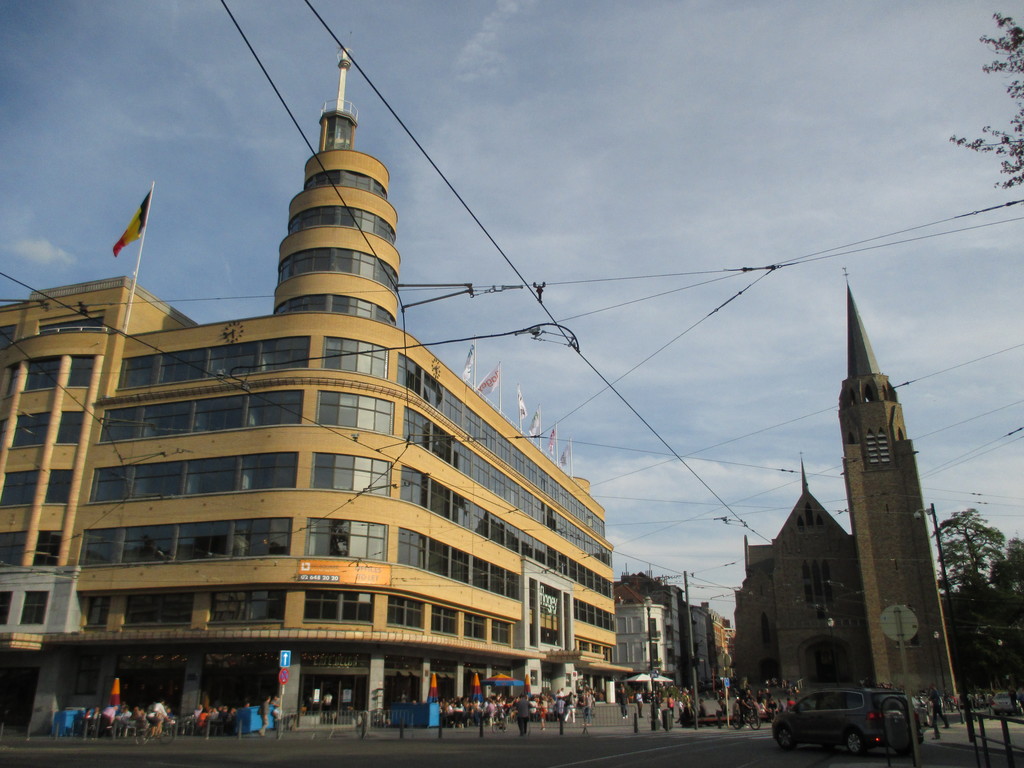
THE AREA OF NAMUR:
Since the 14th century, this area has developed outside the city and has gradually extended towards the ponds of Ixelles. However, this happened after the demolition of the gate of Namur in 1785, when the neighbourhood was being developed thanks to private investment, but without a real plan to direct it, starting from the streets "Chaussées de Wavre and Ixelles". The creation of the Avenue de la Toison d'Or (1823) and the development of the place where the old gate was located in the public square (1861), made the area a place full of alleyways and entertainment. Since the late 50s, the district around the street "Chaussée de Wavre" has hosted an important African community that has given it the name of 'Matonge' (the name of a district of Kinshasa).
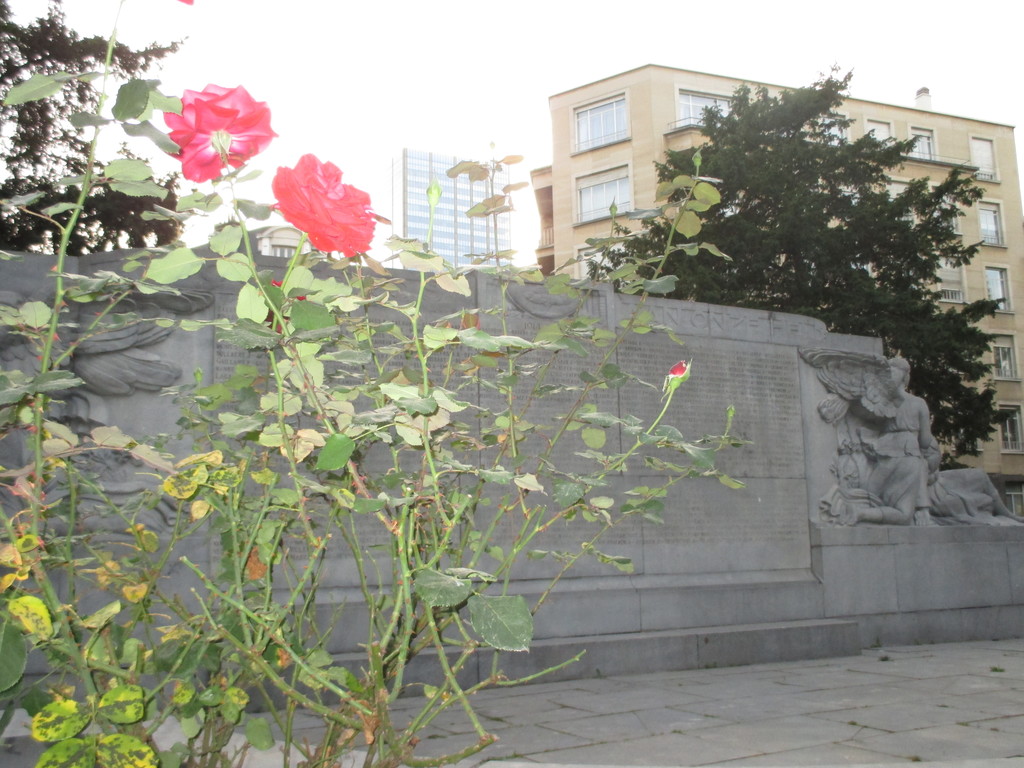
THE NEIGHBOURHOOD OF LEOPOLD
Created in 1837, the neighbourhood of Leopold followed the plan by the architect Tilman-François Suys. The buildings, aimed at accommodating clients, were essentially of a Neo-Classical style and of the highest architectural quality. In 1855, the area was developed and expanded towards the South with the construction of the station of Luxembourg (architecture by Gustave Saintenoy) and the creation of the railway line between Brussels and Luxembourg. In 1913, a part of the district was annexed by the city of Brussels. The district lost its residential use after the 1920s with the establishment of governments and financial corporations (the current European Union). Today, the development of these institutions has caused a profound transformation of the urban fabric.
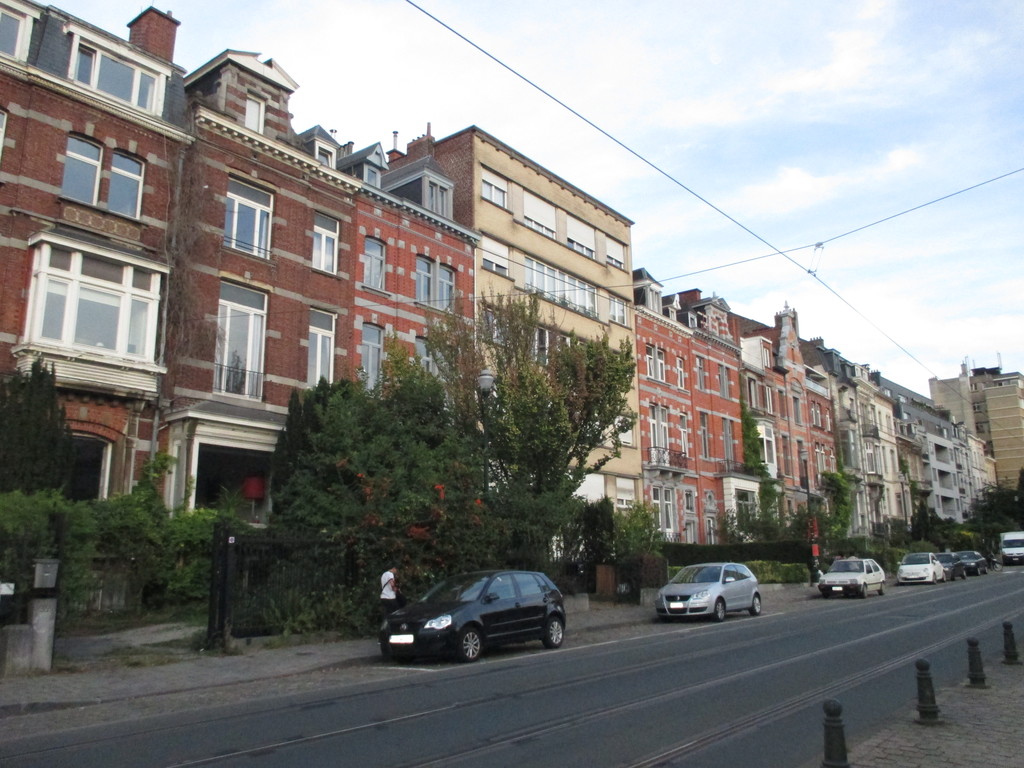
 What to see Brussels,
Brussels,
Belgium
What to see Brussels,
Brussels,
Belgium
































